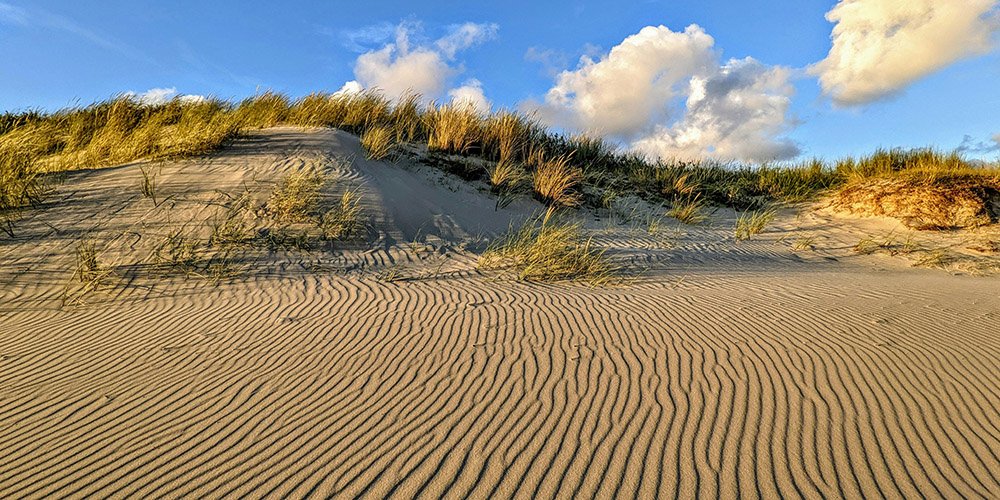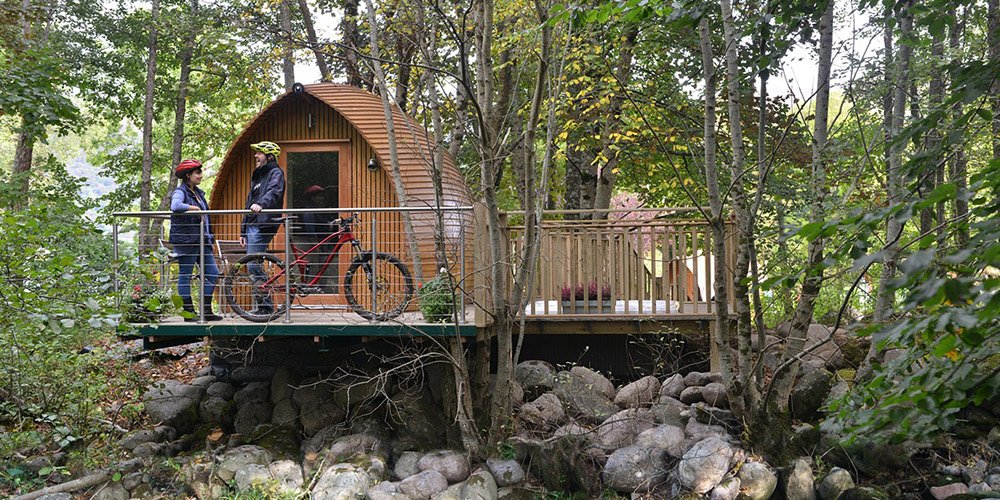Camping Kitchen Setup: A Complete Guide
A well-organized camping kitchen isn’t just a luxury—it’s a pivotal part of enhancing your overall camping experience. By setting up a functional kitchen space, you ensure that meal preparation is smooth and enjoyable, rather than a cumbersome chore.
This organization not only makes cooking easier but also significantly enhances the safety and cleanliness of your campsite, making your outdoor adventure more relaxing and enjoyable.
Choosing the Right Location
The location of your camping kitchen can greatly influence your comfort and efficiency during the trip. It’s crucial to choose a flat and protected spot for your kitchen setup. A level surface ensures stability for cooking equipment and makes meal prep easier. Equally important is protection from the elements—select a location sheltered from excessive wind, which can interfere with cooking flames and spread debris through your eating area.
Ideally, your kitchen should be close enough to the eating area for convenience but set apart from the sleeping quarters to keep food odors and noise away from the sleeping area. Additionally, proximity to a water source can be a plus, making cooking and cleaning more convenient, but always consider environmental guidelines and campsite rules regarding water use.
Essential Equipment Checklist
To create a practical and effective camping kitchen, you’ll need several essential pieces of equipment. Here’s what should top your list:
- Stoves: A reliable camp stove is central to your kitchen. Choose one according to the size of your group and your cooking needs.
- Portable Tables: These serve as your counter space for food prep and may also be used for dining. Opt for lightweight, durable tables that are easy to set up.
- Cooking Utensils: Include items such as pots, pans, knives, spatulas, and wooden spoons. Each should be durable and suited to outdoor use.
- Space-saving Gear: In the confined space of a campsite, gear that’s compact and multi-functional shines. Look for items like collapsible bowls, foldable utensils, and stackable pots and pans designed specifically for camping. These not only save space but are also designed to withstand the rigors of outdoor use.
These essentials form the backbone of your camping kitchen, setting you up for mealtime success in the great outdoors. By focusing on gear that is versatile and easy to manage, you ensure your time is spent enjoying the wilderness rather than managing it.
Also read: Camping Setup: The Only Guide You Need

Setting Up Your Camping Kitchen
Setting up your camping kitchen efficiently can transform your campsite into a functional home away from home. Here’s how to arrange your kitchen layout for optimum convenience and accessibility:
- Choosing the Layout: An L-shaped or U-shaped kitchen layout is highly recommended. These shapes allow you to organize your space efficiently, making it easier to access everything you need without unnecessary movement. The L-shape is great for smaller groups, while the U-shape is ideal for larger gatherings, providing ample space for multiple cooks and processes.
- Utilizing Natural Elements: Make the most of the natural elements around your campsite. Trees can be incredibly useful for hanging items like utensils, pots, or even food baskets. Additionally, sturdy branches are perfect for supporting tarps or makeshift canopies, providing essential shelter for your cooking area from sun or light rain.
Creating Cooking and Washing Stations
A well-planned cooking and washing station not only makes camp life easier but also adheres to Leave No Trace principles by minimizing your environmental impact:
- Cooking Area Setup: Designate a specific area for your stove and food preparation. Keep all your cooking gear within easy reach. If you’re using a camp table, organize it with cooking tools on one side and ingredients on the other to streamline the cooking process. Portable camp stoves and grill setups should have a stable, flat surface to ensure safety.
- Preparation Surfaces: Nearby, set up a separate table or use a tailgate for food preparation. This should include a cutting board for chopping vegetables or preparing meat, and it should be positioned away from the direct action of cooking to avoid cross-contamination.
- Washing Stations: Environmental considerations are key when setting up your washing station. Use biodegradable soap to minimize the impact on the local ecosystem. Set up a portable sink or basin for washing dishes; if none are available, collapsible buckets can work. Ensure the washing station is at least 200 feet away from natural water sources to prevent contamination.
- Managing Wastewater: Dispose of wastewater using Leave No Trace principles. Filter out food particles before scattering water over a wide area, or use designated campsite facilities if available. Always avoid dumping dirty water near water bodies or where other campers may be affected.
By organizing these stations thoughtfully, you not only create a more efficient kitchen but also contribute to a safer and cleaner camping environment.
Food Storage and Preservation
Proper food storage and preservation are critical in a camping environment, not only for convenience but also for safety. Here’s how to ensure your food remains safe and fresh throughout your trip:
- Use of Coolers: Coolers are essential for keeping perishables like meats, dairy products, and certain vegetables fresh. Opt for high-quality, insulated coolers that can maintain ice for days. Pre-chill your cooler before packing and use ice packs or blocks rather than ice cubes to minimize mess as they melt. Pack items in the order of use to minimize opening the cooler frequently.
- Bear-Proof Containers: If camping in bear country, storing food safely is paramount to avoid attracting wildlife. Use bear-proof containers and store them a safe distance from your sleeping area. These containers are designed to be tamper-resistant against bears and help in keeping other critters out as well.
- Keeping Perishables Cool and Dry: Store dry goods in airtight containers to prevent moisture from ruining them. Elevate your cooler from the ground to keep it cooler and ensure it is shaded from direct sunlight. Open it only when necessary to keep the internal temperature consistent.

Safety and Cleanliness
Maintaining cleanliness in your camp kitchen is crucial for both environmental safety and food safety:
- Regular Cleaning: Ensure all cooking and eating utensils are washed after each use with biodegradable soap and hot water. This helps prevent bacterial growth and cross-contamination.
- Wildlife Encounters: Keep your campsite clean to avoid attracting wildlife. Food smells can attract animals, so it’s vital to clean up immediately after meals. Store food and scented items securely and never leave food unattended.
- Dedicated Trash Area: Establish a designated area for trash away from your tent and kitchen. Use trash bags and have separate bins for recycling and compost if possible. This not only keeps your site tidy but also minimizes the chances of attracting animals.
- Managing Leftovers: Plan meal portions to minimize leftovers, which reduces waste and the need for storage. If you do have leftovers, store them in airtight containers in your cooler. Dispose of unused food properly, following the principles of Leave No Trace.
By adhering to these practices, you ensure your camping experience is safe, clean, and enjoyable, reducing the impact on the natural surroundings and preserving the integrity of the wilderness areas.
Weather Protection for Your Kitchen
When camping, your kitchen area is particularly vulnerable to weather changes, which can affect your cooking experience. Here’s how to shield it:
- Using Tarps and Pop-Up Shelters: A tarp can be an effective, lightweight option for covering your kitchen. Secure it well above your cooking area to prevent smoke accumulation and ensure it slopes for water runoff. Pop-up shelters offer more robust protection and can provide a shaded, dry area for cooking and eating. Ensure any shelter is anchored securely to handle winds.
- Weather-Resistant Setup: Choose weather-resistant materials for your kitchen gear. Check the forecast and prepare for the expected conditions, whether it’s sun, wind, or rain. Position your kitchen to take advantage of natural windbreaks, like dense bushes or your vehicle, and orient your setup so that smoke from the stove is carried away from your sheltered area.
Packing Up
Dismantling and cleaning your camp kitchen efficiently ensures that you leave the site as pristine as you found it:
- Systematic Dismantling: Begin by cleaning and packing away cooking utensils and stoves. Dump any remaining ice water from coolers in a designated area (well away from water sources) and pack all garbage and recyclables.
- Cleaning the Area: Thoroughly clean the site, checking for any small trash or food scraps. This is crucial in wildlife-heavy areas to prevent attracting animals after you leave.
- Leave No Trace: Emphasize the principles of Leave No Trace—pack out everything you packed in. This includes all trash, leftovers, and any other waste. Use recycling facilities if available at your campsite.
Final Thoughts
A well-set-up camp kitchen not only makes your outdoor experience more enjoyable but also enhances your efficiency and safety. It allows you to focus more on the joys of nature and less on the hassles of meal preparation. We encourage you to tailor your kitchen setup to fit your specific camping style and needs. Experiment with different configurations and gear to find what works best for you.








